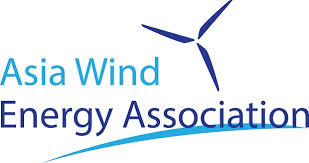What Is Wind Energy?
Wind is one of the most abundant renewable energy sources. In fact, the total amount of economically exploitable wind energy is larger than the total amount of human power used from all sources combined. Wind strength varies from place to place, so the average wind speed cannot be used as an indicator for the amount of energy a wind turbine can generate. If used efficiently, wind can be harnessed to generate electricity and heat. It is also a natural source of energy for both homes and commercial buildings.
The power of wind has been harnessed for thousands of years. Wind has blown boats down the Nile River, milled grain, and supported food production. Today, wind turbines capture the wind’s kinetic energy to create electricity. Modern onshore wind farms can produce hundreds of megawatts of power. Wind energy is a clean, renewable energy source that is abundant, affordable, and widely available. A wind turbine transforms the kinetic energy of wind to mechanical power.
Humans have used wind power since they first put sails into the air. King Hammurabi’s Codex mentions windmills for generating mechanical energy. By the 9th century, Iran, Afghanistan, and Pakistan had developed wind-powered machines. Wind power wasn’t limited to arid regions, as it also provided water to livestock and powered steam engines. It’s not surprising that wind power has been used for thousands of years.
One of the most common criticisms of wind energy is its intermittency. Because the wind blows at varying speeds, it’s impossible to predict how much power it will generate. In addition, there are significant costs involved in regulating wind power production and storing it in a reserve. And cities need alternate sources of power as wind energy can be unpredictable. This is why wind power is complemented with conventional hydroelectricity. Hydroelectric power stations nearby can temporarily hold back water when the wind is blowing strongly and increase production quickly when the wind speed drops.
Wind turbines can be either horizontal or vertical-axis. Horizontal-axis turbines tend to be the most efficient and have three blades. Vertical-axis turbines are less common, with only two blades. They can be up to 90 meters in length. The horizontal axis turbines are most common. They can be as tall as three stories high and can generate as much electricity as ninety megawatts.




